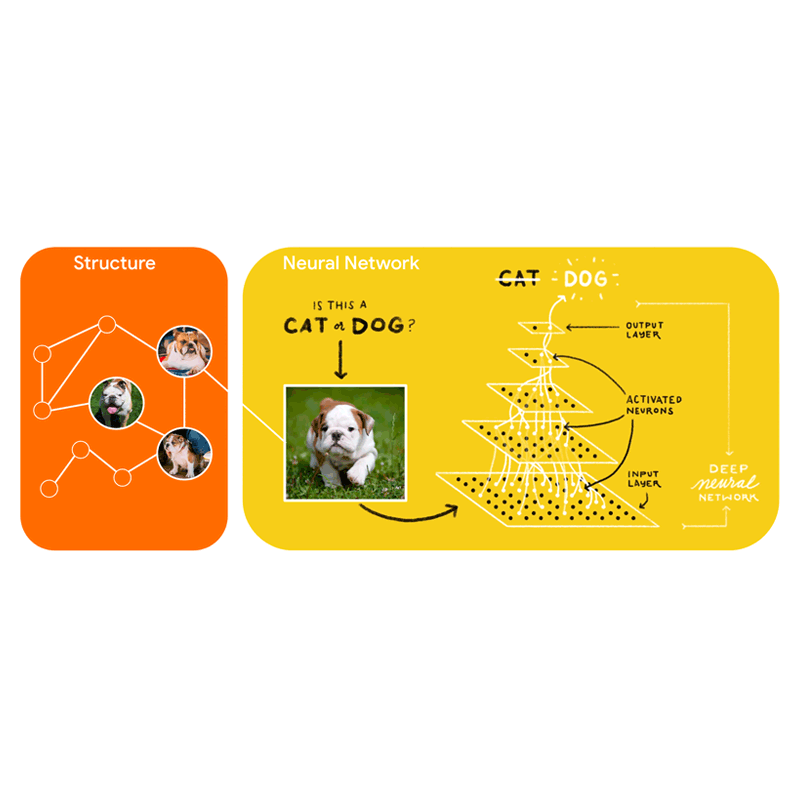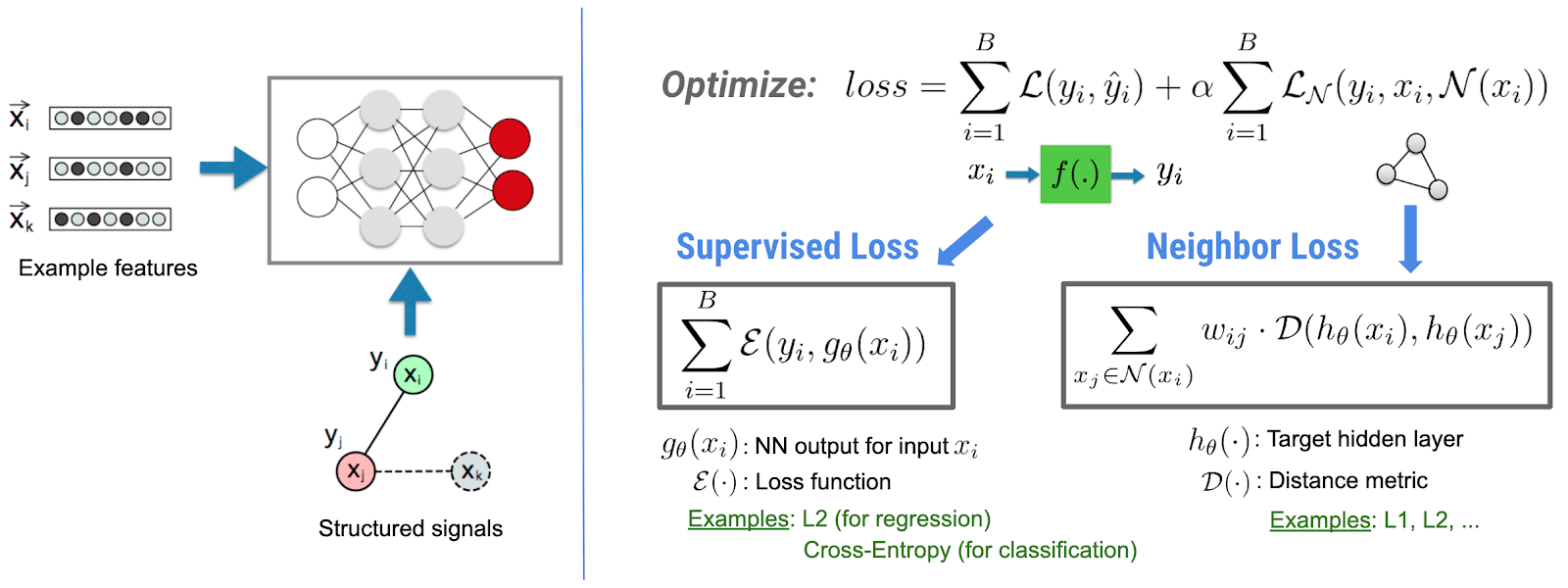
With Artificial Intelligence gaining momentum in various industries, many researchers and scientist need easier way to train their agents.
Considering that most of the files that AI models process, such videos and images, are technically unstructured data, Google acknowledged the needs of other types of files to be used by machine-learning projects, including structured information.
This kind of information are already organized as graphs, and can certainly be as well useful to train AI models to recognize patterns efficiently.
This is why Google introduced Neural Structured Learning (NSL), an open source framework that uses the Neural Graph Learning method to train neural networks with graphs and structured data.
Powered by TensorFlow machine learning platform, NSL can make models for computer vision, perform natural language processing (NLP) in AI, and run predictions from graphical datasets like medical records or knowledge graphs.

According to Google engineers Da-Cheng Juan and Sujith Ravi in a Medium blog post:
"Leveraging structured signals during training allows developers to achieve higher model accuracy, particularly when the amount of labeled data is relatively small. Training with structured signals also leads to more robust models."
"These techniques have been widely used in Google for improving model performance, such as learning image semantic embedding."
NSL is designed to be friendly for both experienced and inexperienced AI developers.
Beyond being a useful training method, processing structured data is considered an integral task for certain types of machine learning software.
For example, AI models that researchers and scientists employ in genomics and molecular research, can often come in structured graph data as input. The same goes for certain types of natural-language processing algorithms.
With the NSL, developers can incorporate structured data into their own project, with just a few lines of code.
They only need to get their AI model ready, provide the needed training records, and specify the structure according to which the records should be organized.

What makes NSL even more useful is that, it can train models with supervised, semi-supervised, or unsupervised learning, in some instances with less than five lines of code.
Besides that, the framework also allows developers to specify “implicit” structures to create adversarial examples.
Adversarial examples are malicious approach to trick AIs. Using manipulated pixel for example, bad actors put subtle changes, even invisible to the human eyes, but can trick AIs and corrupt their processing results.
With NSL, developers can throw in some data about adversarial examples during development to teach their models how to fend off similar attacks.
"Empirically, models trained without adversarial examples suffer from significant accuracy loss (e.g., 30% lower) when malicious yet not human-detectable perturbations are added to inputs," the engineers wrote.
As a result, NSL may prove particularly handy for AI teams working on sensitive or publicly-facing services that must address the possibility of manipulation attempts.